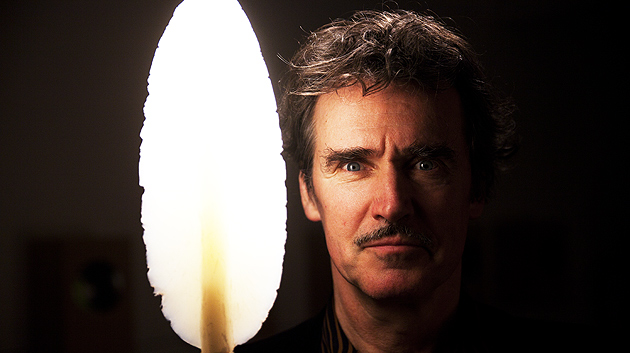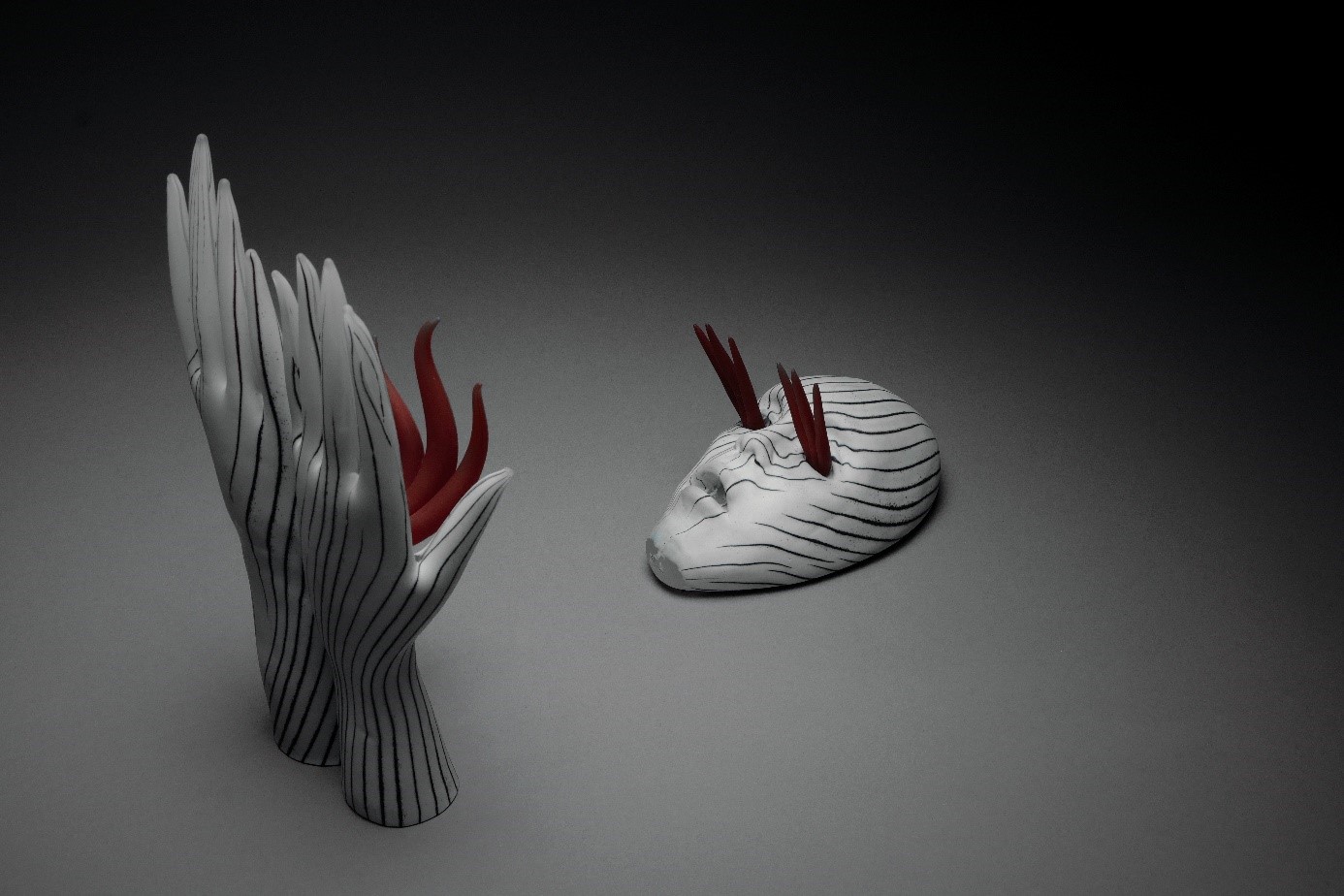24. 2. – 30. 4. 2015
František Skála´s art draws attention to what lies beyond the limits of human understanding. In his artwork, the unknown appreciates in value in proportion to the energy, diligence, sensitivity, consistency, dignity and earnestness invested in the given ‘absurdity’.

Protrait – František Skála
Value of things is not set in advance; it does not ensue from their knowledge but from paying respect and honour to them.Let´s subject ourselves to these things and explore the web of relationships surrounding them. Wild imagination and concentration will help gradually reveal ties and links which would otherwise remain hidden.
Skála marvels at things he encounters. His works do not record dreams, imaginations, meanings which the artist would then process in his mind; they are a product of new and new encounters with the multitude of facets of the unknown world. Sometimes it seems that the artist is only accessory to surprising encounters of various fragments of human experience, footprints of human activity gone cold, figments of technology, customary social gestures, natural phenomena and historical attitudes, fairy stories, etc.
Skála respects objects, shapes, relationships, events, processes – not models through which we got accustomed to understanding them.
‘I dive to the bottom, following the voice of the sea cucumber, and bring a pearl up to the surface.’
Photogallery→
Je nám líto, nic nenalezeno.
A series of dioramas created for the exhibition at Kuzebauch Gallery showcases mini-installations and objects which, due to their scale and fragility, require that they be presented in lighting boxes, behind magnifying glass, with precise museum-style lighting.
At the same time, this exhibition is a showcase of often hard to identify and ‘typically Skala’ materials telling their own stories. From all the corners of the world, from the animal, plant and mineral realms, found or made by the author who was captivated by their aesthetic qualities and hidden meanings.
These dioramas reveal beauty which only becomes apparent through ageing and degradation of the material, its corrosion, shrinkage due to dehydration or salt water; but the works also incorporate industrially-produced and innovative materials.

